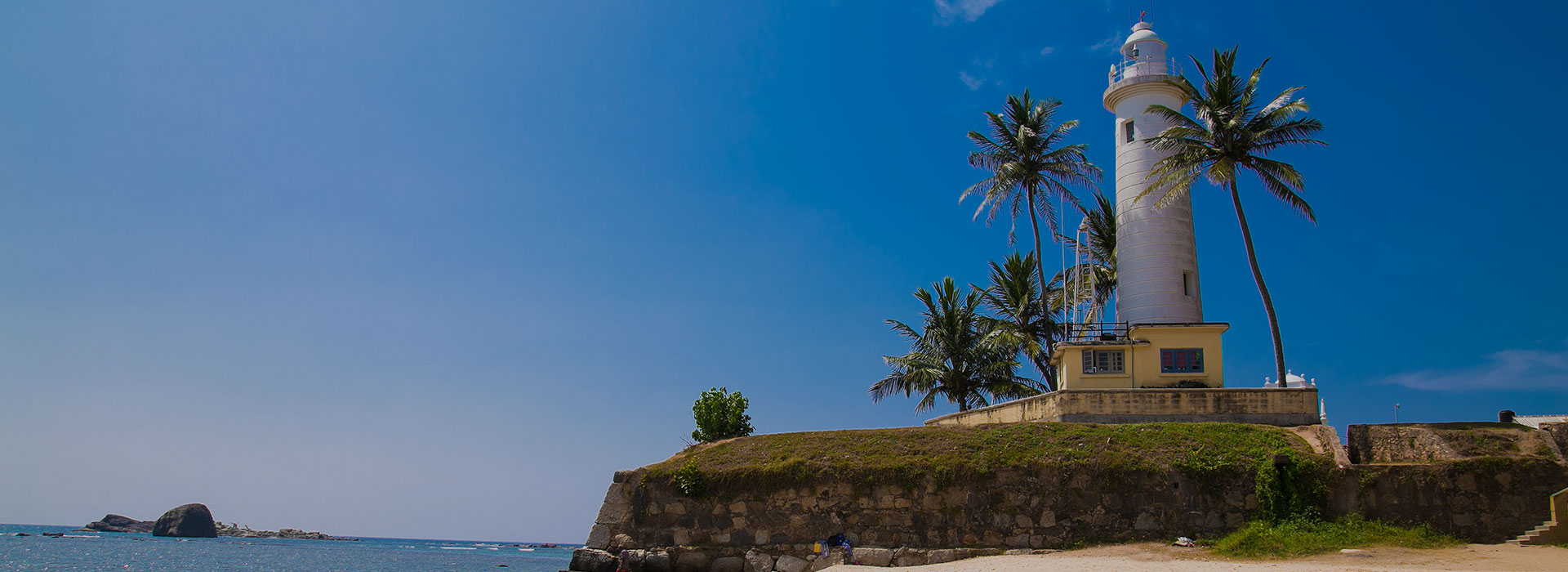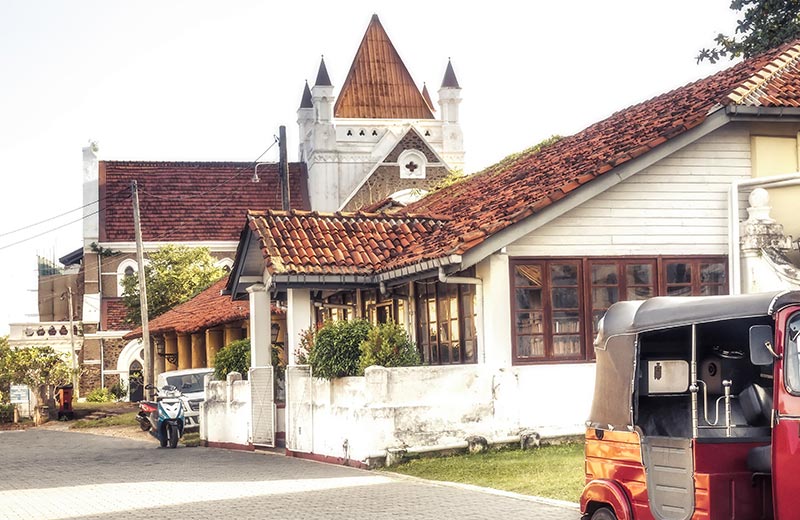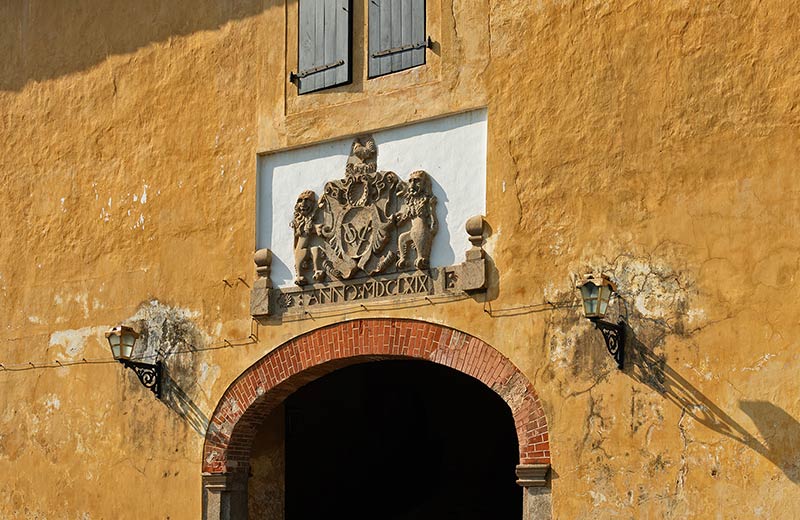Point Utrecht Bastion
A Fortified Bastion
The eastern wall of the historic Galle Fort ends at Point Utrecht Bastion, which hosts the famous Galle Lighthouse. It is one of 14 bastions that fortified the city against attacks from outsiders, and is said to be named after Utrecht, the hometown of the first clergyman to arrive in Galle as part of the Dutch Reformed Church in 1641. There were six cannons installed at Point Utrecht Bastion by 1760, and it bears a Dutch inscription that dates back to 1782.
An Iconic Landmark
The original Galle Lighthouse actually stood 100 metres away from where it is now located. That lighthouse was built in the early 19th century, but was burned down by a fire in 1934. When it was rebuilt in 1939, it was decided that the lighthouse would be positioned atop Point Utrecht Bastion. During the Second World War, bunkers were erected around the lighthouse, and subsequently taken down after the conclusion of the war. A flight of stairs from Point Utrecht Bastion leads down to the beach which, during the era of the British, was allegedly used as a Ladies Bathing Place.
A Pathway to Other Attractions
Further down from Point Utrecht Bastion is Flag Rock, the southernmost tip of Galle Fort that signalled the danger of the hidden rocks to approaching ships. Behind the bastion is the Meeran Mosque, a century-old building whose architecture was heavily influenced by Dutch design.



